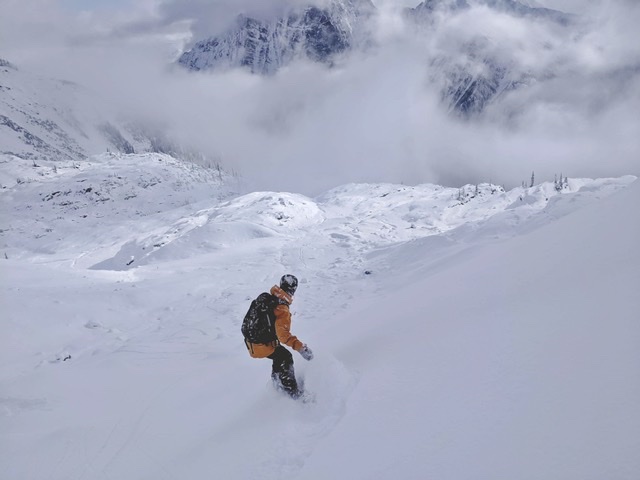INCREASED AVALANCHE ACTIVITY, 5 US FATALITIES
Things are spicing up out there, and not in a good way.
The US avalanche-related fatality count for the 20/21 season has begun. In the days leading up to Christmas, three lives were claimed in Colorado’s backcountry amid what the Colorado Avalanche Information Center (CAIC) was calling “especially dangerous” avalanche conditions. A snowmobiler in Wyoming was also buried and killed in an avalanche, bringing the count from zero to four, in a single weekend. Yesterday, another incident in Colorado left one more dead.
Although there is little information yet available regarding the most recent avalanche on Boxing Day, the slides that were triggered before the holiday involved experienced backcountry users. The first, was a well-known ski patroller from Crested Butte, who was out skiing alone that day. Then, the bodies of two male skiers in their 50’s were recovered by search and rescue teams the morning after a slide in the San Juan mountains. The snowmobiler in Wyoming was out riding with a large crew, and although they deployed their airbag and a part of their sled was visible after the slide, they did not survive.

A total of 49 human-triggered avalanches took place in Colorado over the weekend, and 108 the week before. With a dangerously touchy snowpack involving a multitude of crust and weak, facet layers (sound familiar to anyone out touring this year?), the CAIC expects avalanches will only grow in size as these weak layers get loaded with more snow. The Utah Avalanche Center (UAC) has shared the same concerns, as Utah and Colorado have a seemingly similar snowpack.
The CAIC writes: “We haven’t seen conditions this bad since 2012. Although the avalanche conditions are not unprecedented, they are worse than many people are used to. People are using avalanche-safety strategies that have worked in recent years, but current conditions require additional caution.”
As Avalanche Canada has issued a Special Public Avalanche Warning for most of Western Canada, it is safe to say we are in the same boat. But, there are a few key factors we can take away from recent tragedies, to increase our chances of safe success in the backcountry. First off, follow your local bulletin. Reading it the morning of your next venture is a must, but staying up to date with changes in the snowpack over a longer period of time can provide you with a better understanding of what persisting problems may be lying deeper under your feet. Second, never ski alone — no matter what your experience level. Your ski buddies are your lifeline if anything happens. Lastly, ski for tomorrow. Take extra caution during these periods of widespread snowpack instability, and choose a line that’ll ensure you and your buds can do it all again the next day.









